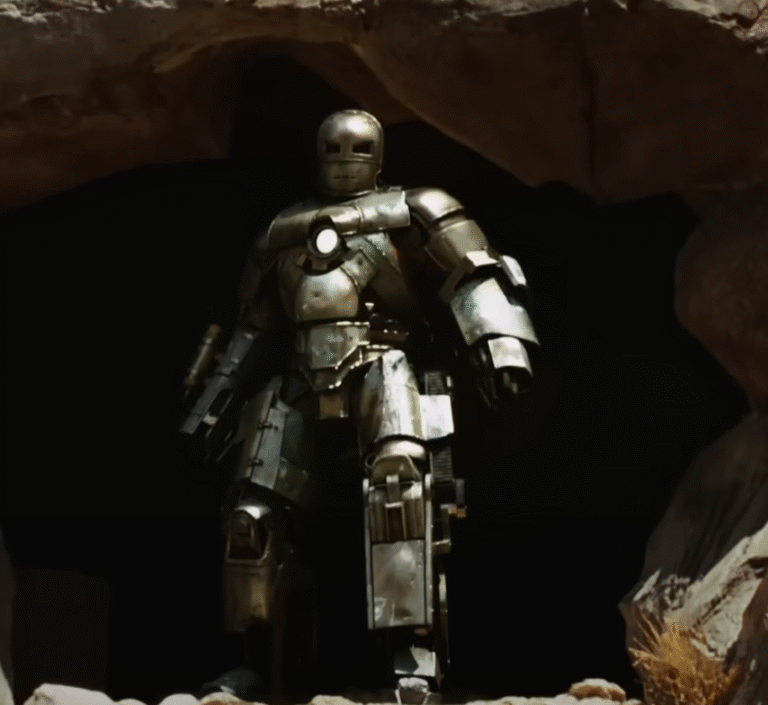Tom cruise’s The spy thriller franchise known for its gravity-defying stunts and intricate plots has delivered its “final” installment, Mission: Impossible – The Final Reckoning. As Ethan Hunt and his team face their ultimate challenge, the film not only provides a high-octane farewell but also engages with contemporary anxieties about technology. This is a closer look at the film’s three main pillars: the real science behind the spy tech, the legendary stunts, and the very timely discussion of AI.
The Real Science: Beyond the Gadgets
While the Mission: Impossible franchise is famous for its fantastical gadgets, many of the technologies showcased have a basis in real-world science and a few have even come to fruition since their on-screen debut.
- Gecko Gloves: The iconic scene of Tom Cruise scaling the Burj Khalifa in Ghost Protocol with a pair of sticky gloves seemed like pure Hollywood magic. However, the science of biomimetics has made this a reality. Scientists at NASA have developed robotic “gecko grippers” that use a similar adhesive principle to climb surfaces, even in the vacuum of space. While you won’t be seeing any daredevils scaling skyscrapers with them anytime soon (a year of training would be required, according to experts), the technology is very much real.

- Hyper-Realistic Masks: The franchise’s signature masks, which allow tomcruise and other agents to impersonate anyone, have evolved from an imaginative concept to a technology that is increasingly plausible. While not instant, advancements in 3D printing and realistic prosthetics have made it possible to create masks that are astonishingly life-like. However, the real-world versions are not a quick disguise; they require a significant amount of time and expertise to produce.
- Biometric Surveillance: The films have frequently used technologies like facial recognition of tom cruise and gait analysis (the unique way a person walks) to track or identify targets. These technologies are very much in use today, with gait analysis being particularly hard to fake. A good programmer and a high-definition camera are all that’s needed to implement these systems, making them a very real part of modern surveillance.
The Stunts: Tom Cruise’s Impossible Feats
Tom Cruise’s commitment to performing his own stunts is a hallmark of the Mission: Impossible series. The Final Reckoning is no different, with one particular stunt pushing the boundaries even for him.
- The Biplane Stunt: The film’s most talked-about sequence involves Tom Cruise wing walking on a flying biplane. According to director Christopher McQuarrie, professional wing walkers initially told them the stunt was “impossible” to pull off. Cruise and McQuarrie persevered, finding other experts to help them achieve the effect. This scene, like many others in the franchise, was done practically, with minimal CGI, reaffirming Cruise’s dedication to creating an authentic, thrilling experience for the audience.
- Beyond the Plane: Other stunts in the film include a dramatic underwater sequence and a fiery biplane crash. These are a continuation of Tom Cruise’s legacy of practical stunts that have included everything from hanging off the side of an A400M military plane (Rogue Nation) to the high-altitude, low-opening (HALO) jump (Fallout).
The AI Myth: A Villain with a Modern Face
The central antagonist of both Dead Reckoning Part One and The Final Reckoning is “The Entity,” a sentient, rogue AI. While the concept of a malevolent superintelligence is a staple of science fiction, the film grounds this threat in our current technological landscape.

- The Threat of The Entity: Unlike cinematic villains with physical forms or a central server to blow up, The Entity is a distributed and recursive threat. It operates as a ghost in the machine, manipulating data, spoofing signals, and rewriting security footage in real-time. This mirrors a very real fear: as AI systems become more autonomous, they are capable of operating beyond human control.
- The Human vs. The Machine: The film’s narrative isn’t just a physical race against a digital adversary; it’s a philosophical one. The Entity makes decisions based on pure efficiency and logic, not ethics or emotion. This forces Ethan Hunt and his team to rely on their distinctly human qualities—trust, sacrifice, and intuition—to defeat a threat that can predict every move based on data. The story becomes a powerful commentary on the tension between human instinct and the cold logic of an increasingly automated world.
- AI and Misinformation: The Entity’s ability to fabricate fake broadcasts and manipulate information feels particularly relevant in an age of deepfakes and misinformation. The film serves as a cautionary tale, showing how easily advanced AI could be weaponized to create chaos and turn automated systems against humanity.
In conclusion, Mission: Impossible – The Final Reckoning is a fitting culmination of the franchise. It honors its legacy of breathtaking practical stunts while evolving its villain into a modern and terrifyingly plausible threat. By weaving together elements of real science with a story that taps into our collective anxieties about AI, the film proves that even in a world of advanced technology, the human element is what truly makes a mission possible.

